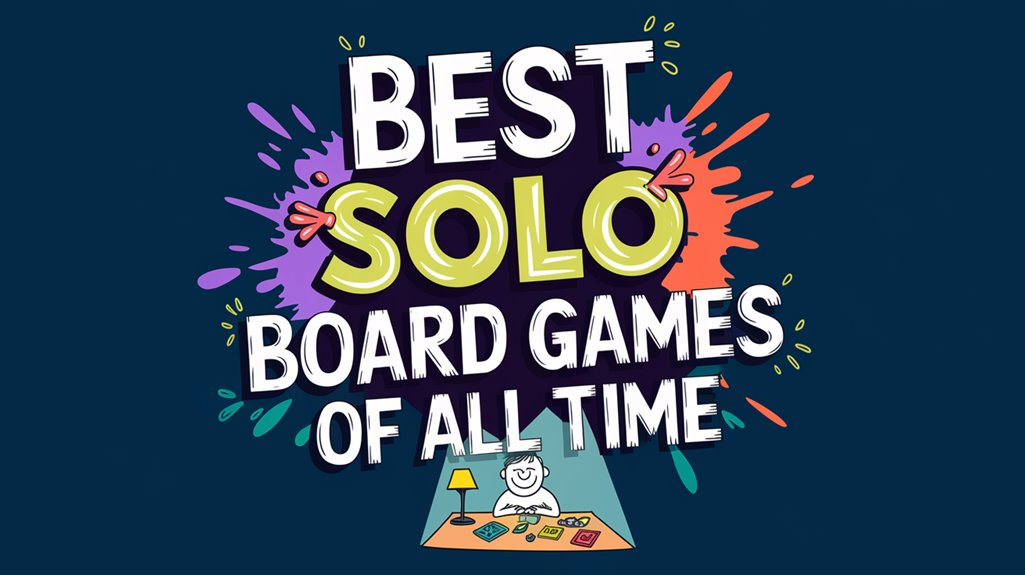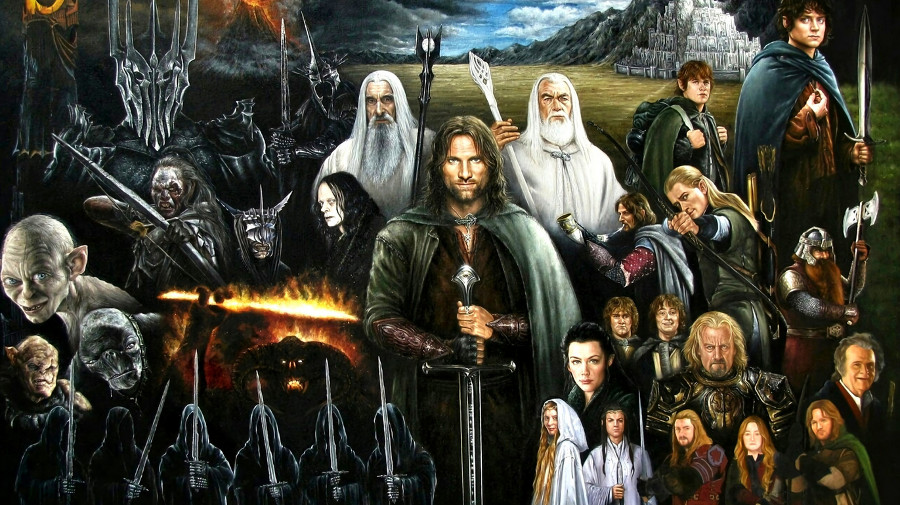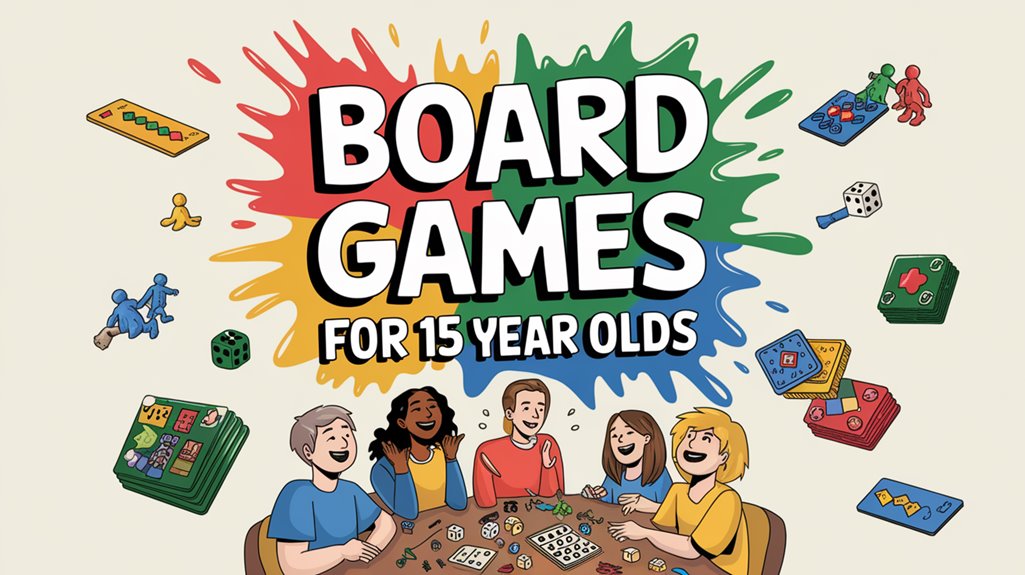The Spanish Civil War represents one of history’s most complex and emotionally charged conflicts, and modern board game designers have taken on this challenge with remarkable sophistication. From “Crusade and Revolution” to “¿Pasarán?”, these tabletop experiences offer more than simple military simulations—they capture the intricate web of political alliances, social upheaval, and ideological struggles that defined the 1936-1939 period. While traditional historical accounts provide facts and figures, these games present unique opportunities to investigate critical decisions faced by both Republican and Nationalist forces, raising compelling questions about how different choices might have altered Spain’s trajectory.
Key Takeaways
- Popular games include “Crusade and Revolution” and “¿Pasarán?”, which accurately simulate military strategies and historical events of the Spanish Civil War.
- Players can choose between Republican or Nationalist factions, managing resources and territorial control through detailed map-based gameplay.
- Event cards and scenario-based mechanics reflect key historical battles like Madrid’s defense, Guadalajara, and the Battle of Ebro.
- Games incorporate international elements such as Nazi Germany, Italy, and Soviet Union involvement, plus the Abraham Lincoln Brigade’s participation.
- Historical authenticity combines with educational value, though games may have steep learning curves for new players.
Crusade and Revolution: The Spanish Civil War, 1936-1939
“Crusade and Revolution: The Spanish Civil War, 1936-1939” stands as one of the most thorough board game simulations depicting Spain’s tumultuous civil conflict. The game meticulously recreates the military strategies employed by both Republican and Nationalist forces, allowing players to investigate significant battles like Madrid’s defense and the Battle of Guadalajara.
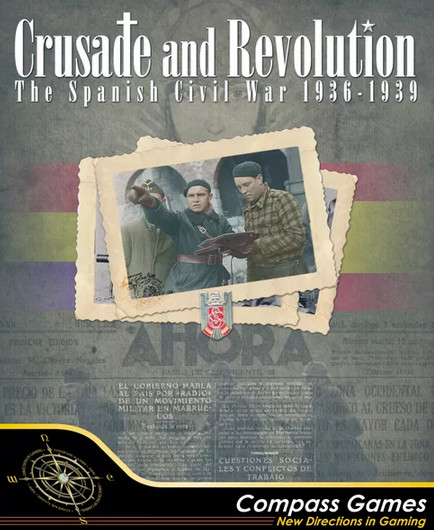
Players can witness the social impacts of the conflict through game mechanics that reflect the war’s political complexities, including the involvement of international powers like Nazi Germany, Italy, and the Soviet Union. The game incorporates historical elements such as the Abraham Lincoln Brigade and International Brigades, demonstrating the global nature of the struggle.
The simulation covers major events like the Guernica bombing and the Battle of Ebro, providing insights into the tactical decisions that shaped the war’s outcome. Players must navigate the challenges faced by both sides, from managing resources to maintaining territorial control. The game’s attention to detail extends to representing the regional tensions and political instability that characterized the period, offering players a thorough understanding of this pivotal historical conflict.
The Spanish Civil War 1936-1939
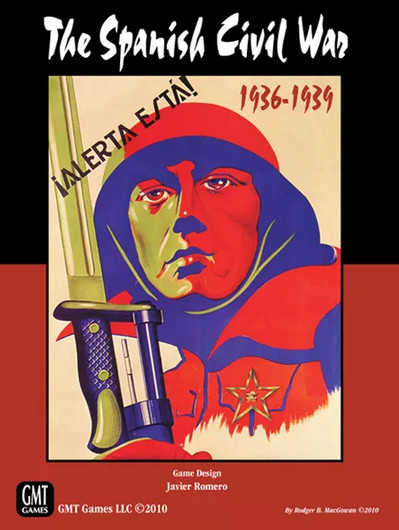
Strategic depth and historical authenticity combine in “The Spanish Civil War 1936-1939,” a board game that captures the complexity of Spain’s devastating internal conflict. Players navigate the challenging terrain of 1930s Spain, implementing Republican strategies or Nationalist tactics to secure victory for their chosen faction.
The game effectively mirrors the historical struggle between the leftist Republicans and Franco’s Nationalist forces through detailed resource management and territorial control mechanics. Players must balance military operations with political influence, managing support from international allies like the Soviet Union or Nazi Germany. The game board features a detailed map of Spain, where players position troops and establish supply lines across key regions and cities.
Event cards introduce pivotal moments from the actual conflict, forcing players to adapt their strategies as they face challenges similar to their historical counterparts. The game’s sophisticated mechanics encourage critical thinking while teaching players about this vital period in Spanish history. Through careful attention to historical detail and balanced gameplay elements, the game provides an engaging platform for understanding the war’s complexity and its lasting impact on Spain’s development.
Land and Freedom: The Spanish Revolution and Civil War (2023)
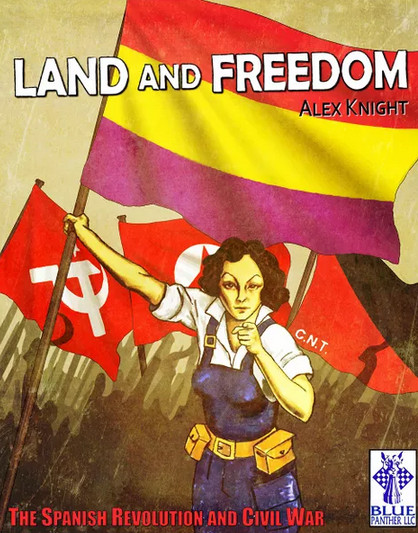
Released in 2023, “Land and Freedom: The Spanish Revolution and Civil War” brings players into the tumultuous period of 1936-1939 Spain through an immersive board game experience that emphasizes both military conflict and social revolution.
The game’s mechanics reflect the complex historical dynamics of the Spanish Civil War, allowing players to engage with key aspects such as the formation of anarchist collectives and the advancement of women’s rights. Players can investigate the social transformations that occurred alongside military campaigns, including land redistribution efforts and educational reforms that characterized this pivotal period.
Drawing from historical events like the Battle of Madrid and the formation of International Brigades, the game presents players with strategic decisions that mirror actual challenges faced by various factions. The design incorporates elements of both combat and social organization, representing the dual nature of the conflict as both a military struggle and a revolutionary movement for social change. Special attention is given to representing the CNT’s role and the establishment of worker-managed industries, providing players with insights into the ambitious scope of Spain’s revolutionary experiment during this period.
Spanish Civil War Battles: Vol. 2
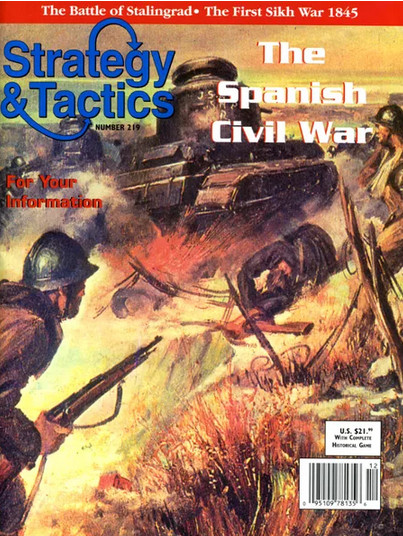
Building upon the historical complexity of the Spanish Civil War, “Spanish Civil War Battles: Vol. 2” provides players with detailed recreations of pivotal engagements including the Battle of Guadalajara and the Penarroya Campaign.
The game meticulously portrays Republican strategies and Nationalist tactics through carefully designed mechanics that mirror actual military operations. At Guadalajara, players undergo the groundbreaking use of tanks and coordinated infantry movements that marked a significant Republican victory, inflicting heavy losses on Nationalist forces. The Penarroya scenario challenges players to control vital mining resources, reflecting the Nationalists’ successful campaign to secure strategic territories in Andalusia.
Players must manage resources, coordinate troop movements, and make tactical decisions that shaped these historic battles. The game incorporates authentic unit types and battlefield conditions, allowing participants to investigate alternative outcomes while learning about the war’s impact on Spanish society. Through multiple scenarios, players gain insight into how these battles influenced military doctrine and contributed to broader strategic developments that would later affect World War II tactics.
Spanish Civil War Battles: Belchite & Teruel-Alfambra (2018)
The 2018 wargame “Spanish Civil War Battles: Belchite & Teruel-Alfambra” expands the series’ scope by focusing on two of the conflict’s most brutal campaigns. Players can investigate the strategic complexity of these pivotal battles, where the fate of eastern Spain hung in the balance during 1937 and early 1938.
The game meticulously recreates the Republican assault on Belchite, where urban combat left the town’s ruins as a lasting testament to the war’s devastation. Players must navigate the challenges faced by both sides, including supply line disruption and the tactical difficulties of house-to-house fighting.
The Teruel strategies portion simulates the harsh winter conditions that troops endured during this critical battle. The game mechanics reflect the importance of trench warfare and the subsequent Alfambra Offensive, where Nationalist forces successfully exploited Republican weaknesses. Players command combined arms operations, including the deployment of Moroccan regiments and the coordination of infantry movements in freezing temperatures.
This historically accurate simulation provides insights into the military tactics that shaped these decisive encounters, offering players a deeper understanding of the Spanish Civil War’s strategic complexity.
Battle of Ebro 1938: Spanish Civil War (2018)
Spanish Civil War wargame enthusiasts received a detailed simulation of one of the conflict’s most decisive battles in “Battle of Ebro 1938: Spanish Civil War” (2018). This board game recreates the strategic importance of controlling the Ebro River region, allowing players to investigate both Republican Strategy and Nationalist Tactics during this pivotal engagement.
The game accurately represents the historical elements that shaped the battle’s outcome:
- International Support from Nazi Germany and Fascist Italy bolstered Nationalist forces
- Republican forces attempted to relieve pressure on Madrid through offensive operations
- High Casualty Rates reflected the intense nature of the four-month campaign
- Control of key crossing points along the Ebro River proved essential for supply lines
Players can undergo the complexity of command decisions that led to over 100,000 casualties during this brutal campaign. The game mechanics incorporate the logistical challenges faced by both sides, while highlighting the role of International Brigades and the strategic significance of territorial control. This simulation serves as both an educational tool and a strategic challenge, offering insights into one of the Spanish Civil War’s most significant battles.
Pasáran? The Spanish Civil War (2004)
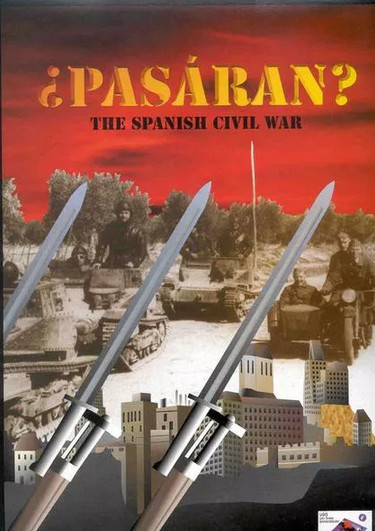
Released in 2004, “¿Pasarán?” emerged as a significant addition to the collection of Spanish Civil War board games, offering players a deep exploration of this pivotal historical conflict. The game emphasizes historical accuracy through its detailed representation of various factions, including Republicans, Nationalists, and International Brigades, while incorporating sophisticated game strategies that mirror real military and political decisions of the era.
Players engage in turn-based gameplay, managing vital resources and responding to historical events that shaped the conflict. The game’s mechanics effectively balance complexity with accessibility, allowing participants to undergo the challenges faced by different factions during the war. Victory conditions vary depending on chosen sides, reflecting the diverse objectives of the historical participants.
The educational value of “¿Pasarán?” extends beyond entertainment, serving as a powerful tool for understanding the conflict’s impact on European history. Players must navigate complex scenarios, making decisions that affect troop movements, resource allocation, and diplomatic relations. The game’s attention to detail and historical context has earned praise from both gaming enthusiasts and educators, in spite of some criticism regarding its learning curve for newcomers.

